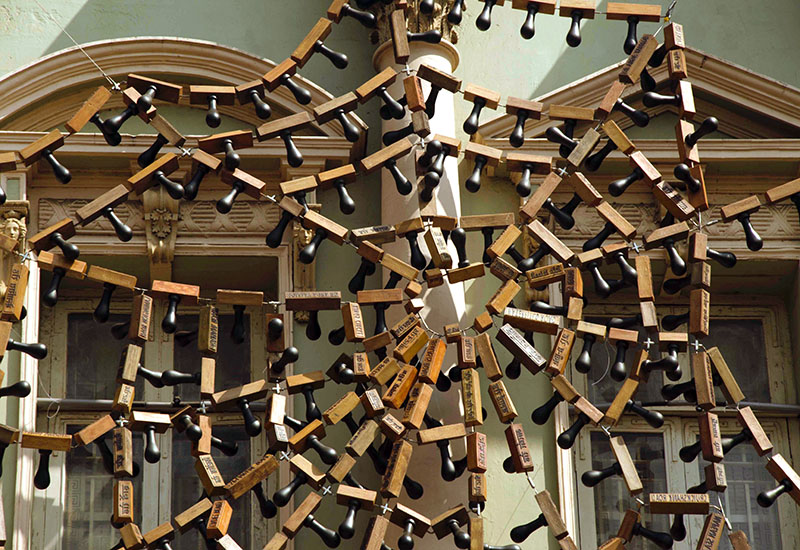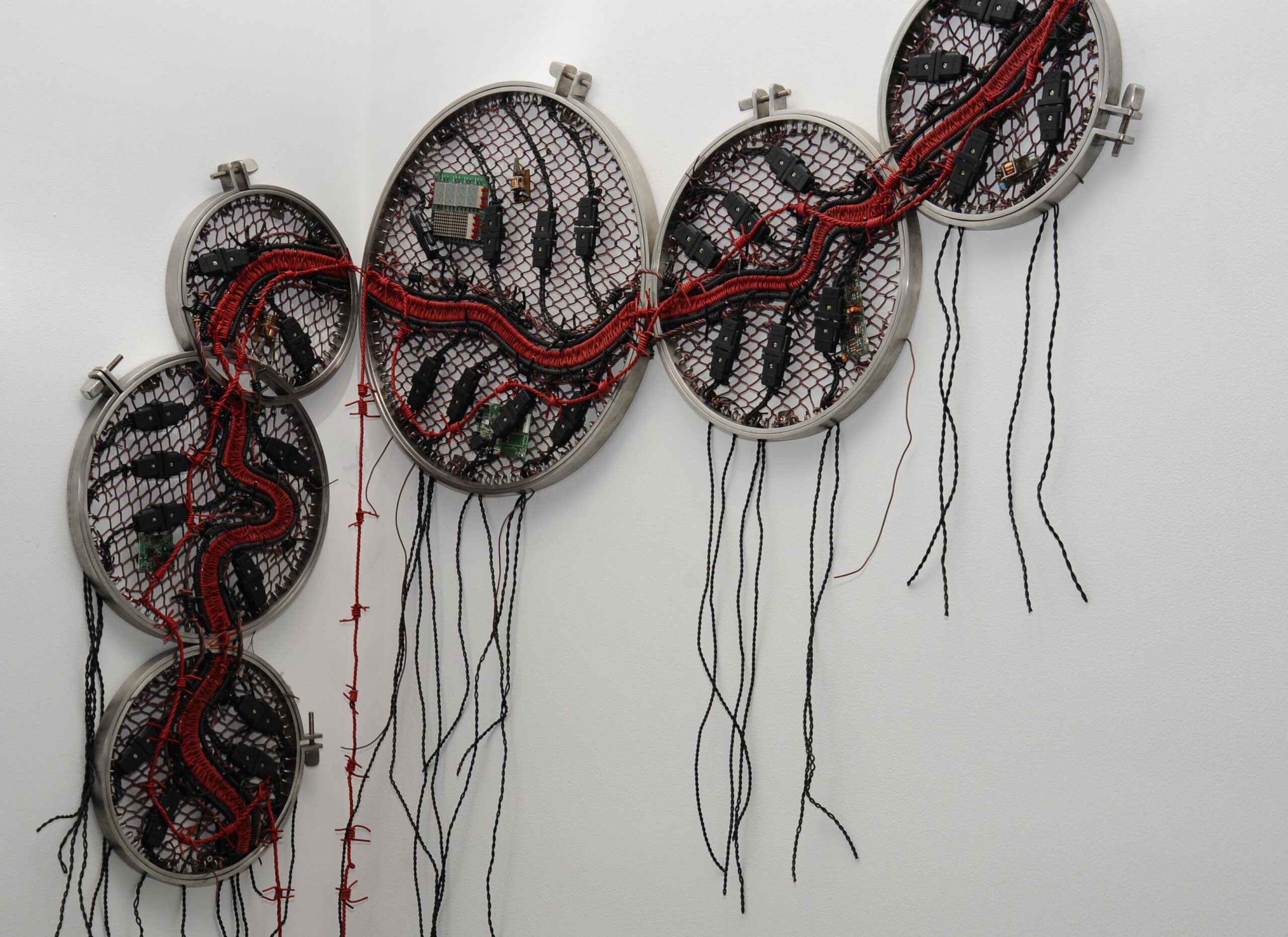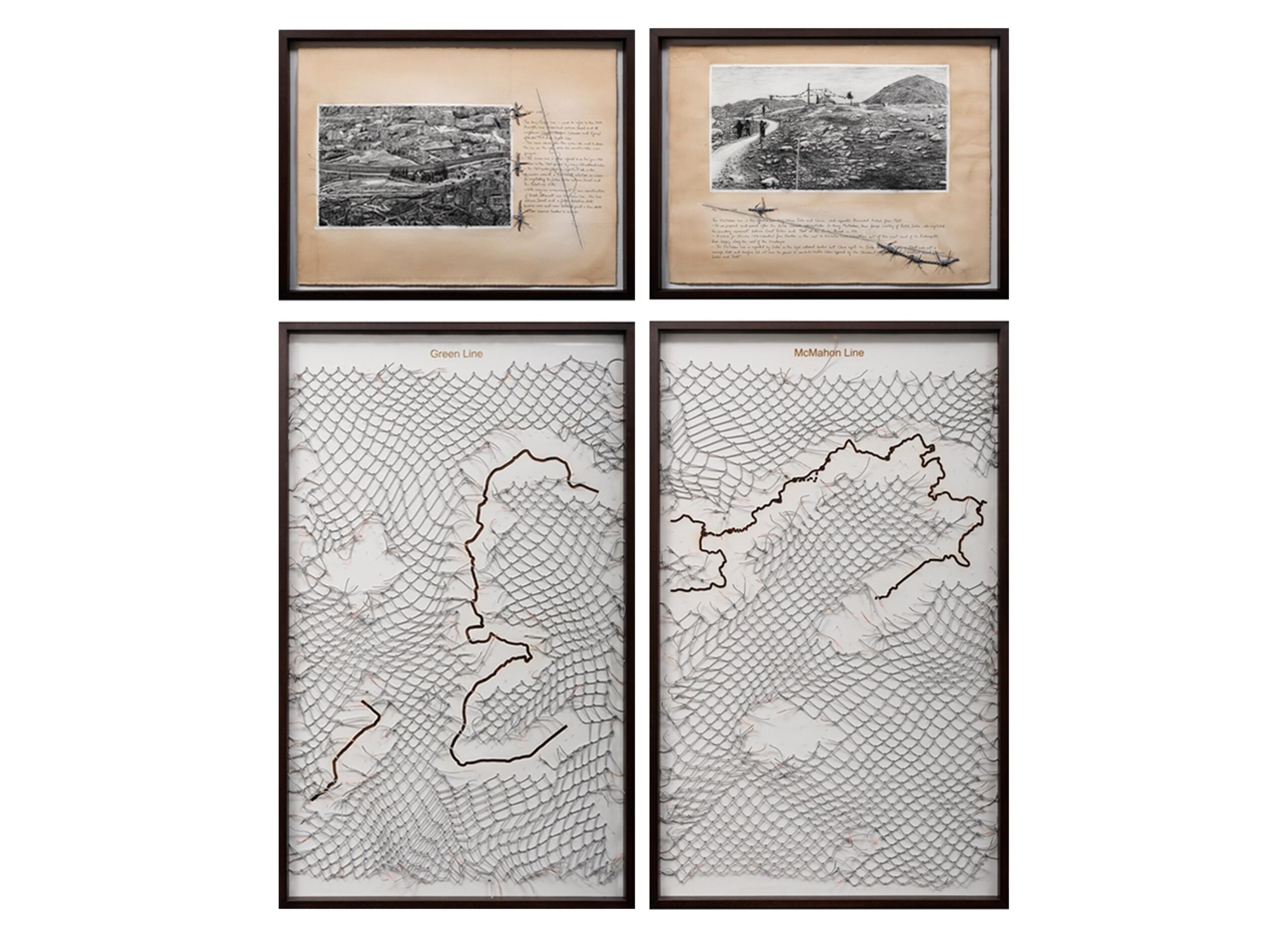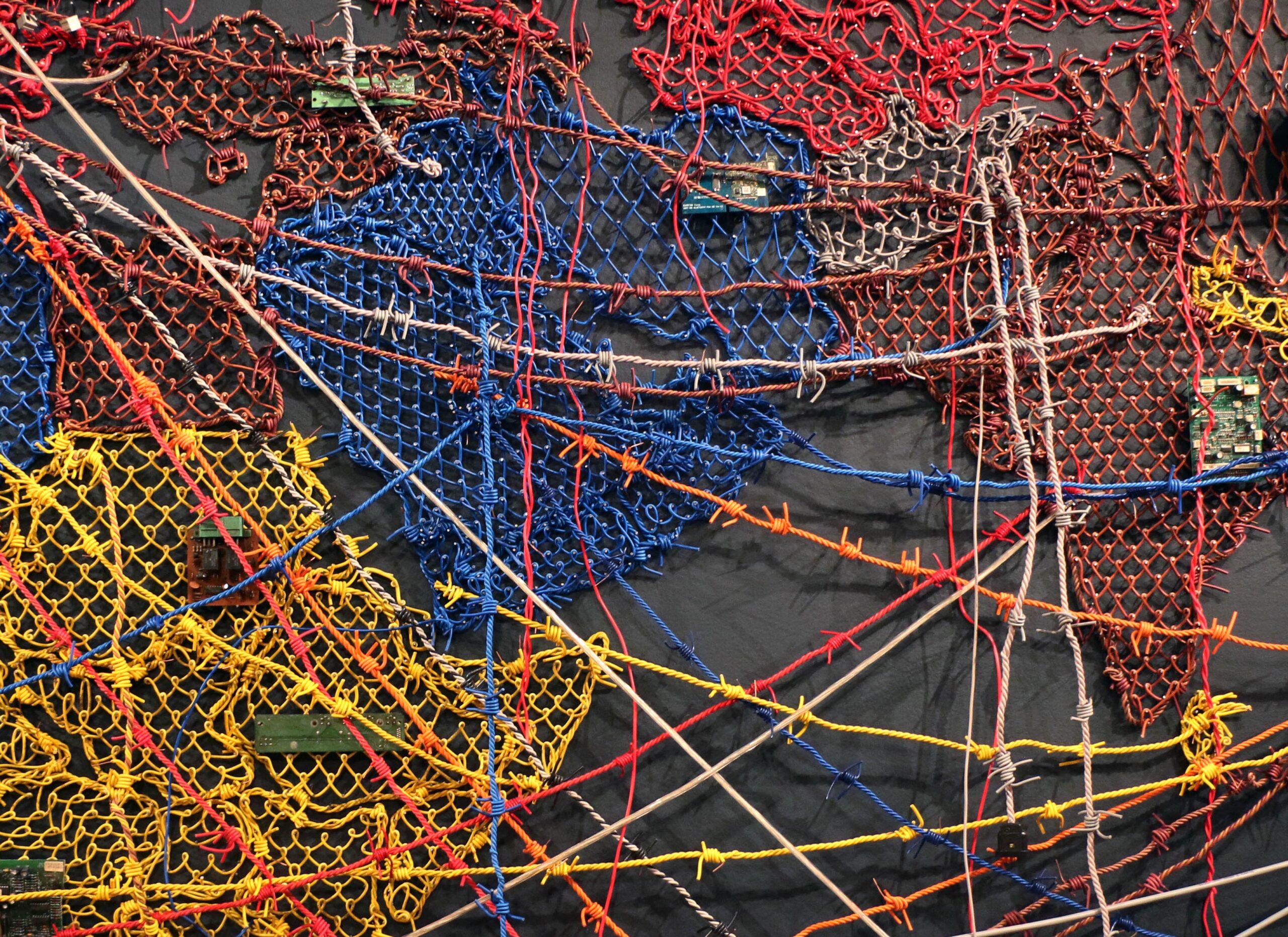ARTICLE
Reena Saini Kallat
Kallat’s work has been widely exhibited at museums such as the National Museum of Asian Arts (Guimet, Paris), the Manchester Museum (UK), Dr Bhau Daji Lad Museum (Mumbai, India), Kennedy Centre (Washington DC, USA), Museum of Modern Art (New York, USA), Tate Modern (London, UK), Saatchi Gallery (London, UK), Arken Museum of Art (Denmark), ZKM Museum of Contemporary Art (Karlsruhe, Germany) Oscar Niemeyer Museum (Curitiba, Brazil), Museum of Contemporary Art (Shanghai, China). She has been part of international art fairs and biennales such as Bangkok Art Biennale (2020), Havana Biennial (2019), Busan Biennale (2016), Goteborg International Biennial for Contemporary Art (2011), the Vancouver International Sculpture Biennale (2011), the Asian Art Biennale, Taiwan (2009), among many others.
Kallat’s work is part of several public and private collections including Manchester Museum (UK), Initial Access (Frank Cohen Collection, UK), Pizzuti Collection (Ohio, USA), Burger Collection (Hong Kong, China) Fondazione Golinelli (Bologna, Italy), Kiran Nadar Museum of Art (New Delhi, India), Dr. Bhau Daji Lad Museum (Mumbai, India) and National Gallery of Modern Art (New Delhi, India) among others.
She is married to the artist Jitish Kallat and at the time of writing, Kallat lives and works in Mumbai.
Bibliography
Our website is currently undergoing maintenance and re-design, due to which we have had to take down some of our bibliographies. While these will be re-published shortly, you can request references for specific articles by writing to hellomapacademy@map-india.org.










